

Widely-regarded at the planet’s most notorious promontory, Cape Horn is often called the ‘sailor’s Everest,’ or ‘the Killer Cape’. Poems have been written about it and members of the venerable International Cape Horner’s Society regularly gather to share their memories. By Lindsay Wright.
Cape Horn isn’t the only rocky protrusion into the wild seas of the Southern Ocean. Our own Campbell Island is located well into the ‘Screaming 50s’ at 52o 35’ 12” South and Rakiura Stewart Island languishes at a relatively balmy 47o.
But Cape Horn, like a coccyx at the base of the Andean spine, stands at 55o 58’ 48” South, about as far south as it is possible to go without setting foot on Antarctica. Until a railway line was laid across the Panama Isthmus in 1857 (and the canal opening in 1914), Cape Horn was the waypoint in the cheapest maritime route from the US and Europe to the South Pacific.
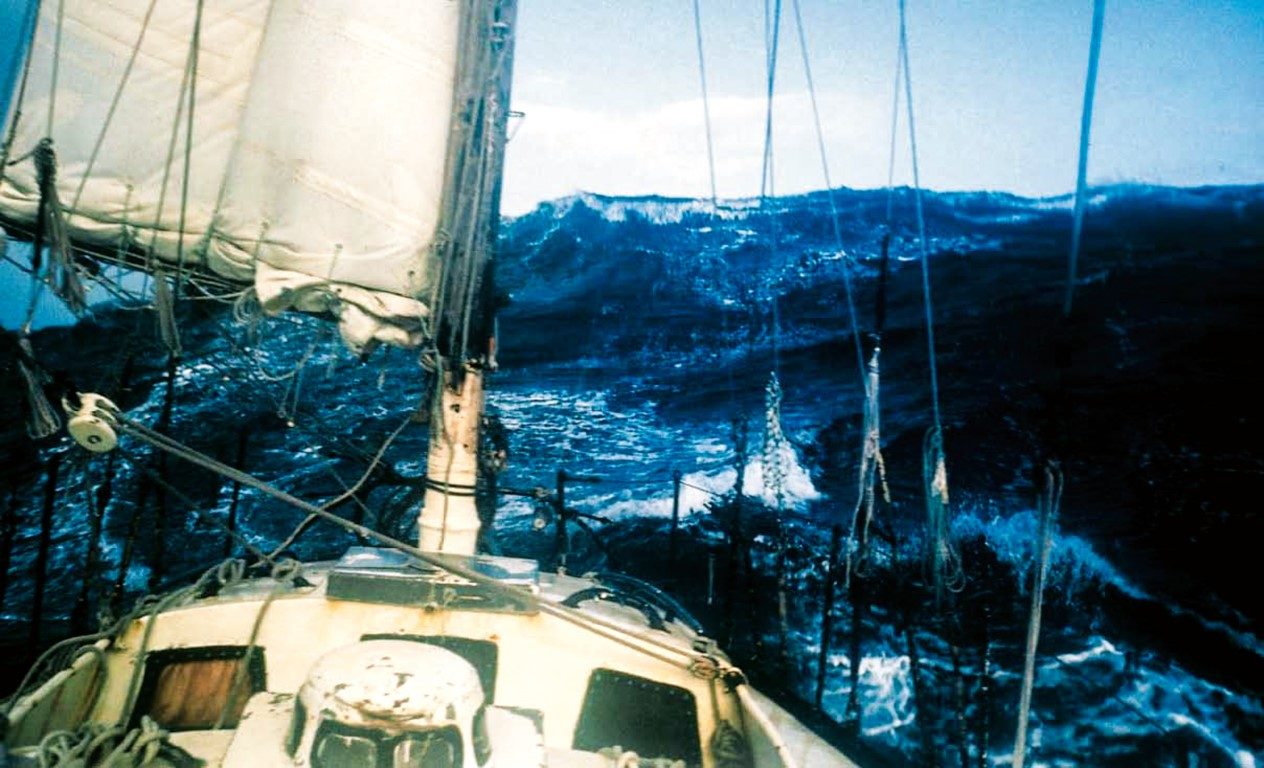
There is no land to the west and none to the east, all the way round the planet. The formidable buttress of naked black rock rises 424m above sea level at the southern tip of Isla Hornos, southernmost of the Hermite Islands which cluster at the tip of Tierra del Fuego – Cape Horn.
The 2000nm wide Southern Ocean piles through the narrow Drake Passage, sucking water from the Pacific side and spilling it into the Atlantic. Frigid air from the Antarctic ice cap combines with warmer, moist air from the tropics and the earth’s eastward rotation spins it into deep, sudden depressions.
Off the steep basalt coastline towering Southern Ocean rollers meet Atlantic waves and seas generated in the 800km-wide Drake Passage between South America and the Antarctic Peninsula.
Within a few nautical miles, the seafloor rises from 4,000m to about 140m on the Cape Horn plateau, causing rollers to slow down, steepen and crumple in welters of wild foam. The frigid Antarctic air is dense and brittle and up to 10 knots of current pours eastward through the passage.
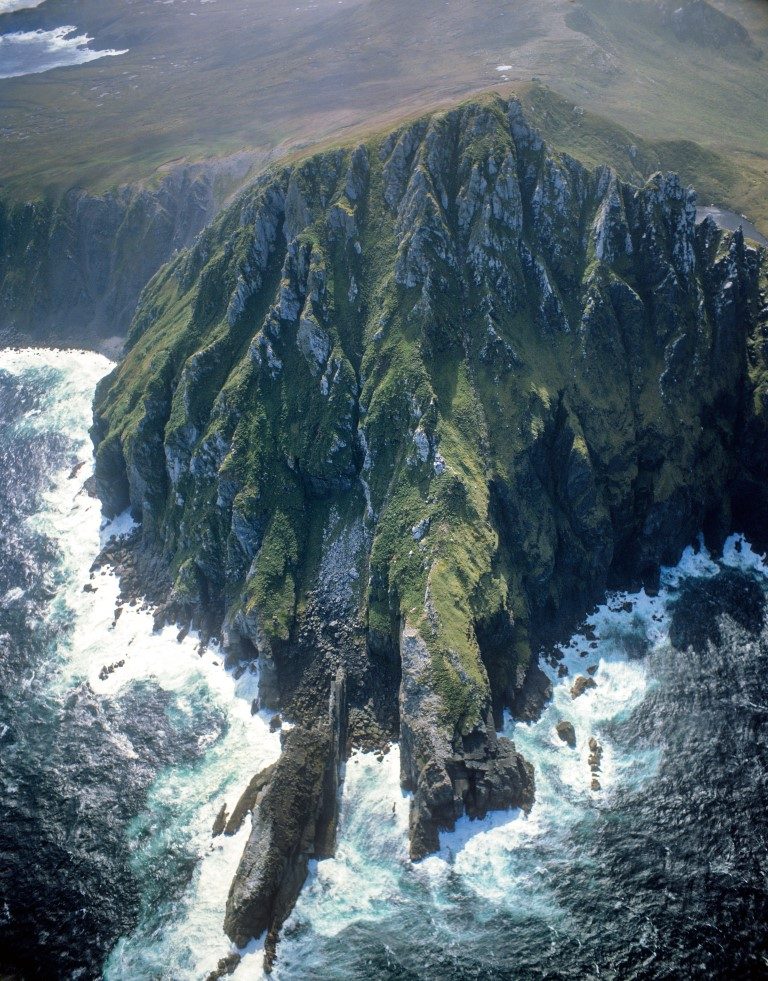
Wind, waves and currents which travel unfettered for miles round the Southern Ocean meet the only choke point in their travels and rampage round like wild animals struggling to get free. Mix automobile-sized ice ‘growlers’ floating up from Antarctica into the mix – little wonder the area’s become a ship graveyard.
These conditions combine to produce a maelstrom that’s claimed at least 800 ships between the 16th and 20th centuries and the souls of an estimated 10,000 seamen are alleged to roam the passage.
Even the Dutch navigator Willem Cornelis Schouten wasn’t impressed by the new piece of real estate he stumbled across on 29 January, 1616. “…during the evening we discovered new land towards the NW and NNW and south of the Straits of Magellan. It was stretching to the south. It was very high and mountainous and completely covered in snow, ending towards the south in a sharp cape situated on the southern latitude of 57 degrees, 48 minutes which we called ‘Kaap Hoorn’” (after his birthplace).
Cape Horners (sailors who have rounded the cape) are traditionally entitled to wear an earring on the side that faced the Horn and eat with one foot on the table. A single earring in one ear or another can indicate the wearer’s sexual preferences these days, so I’ve never taken the adornment on board for fear of creating confusion.
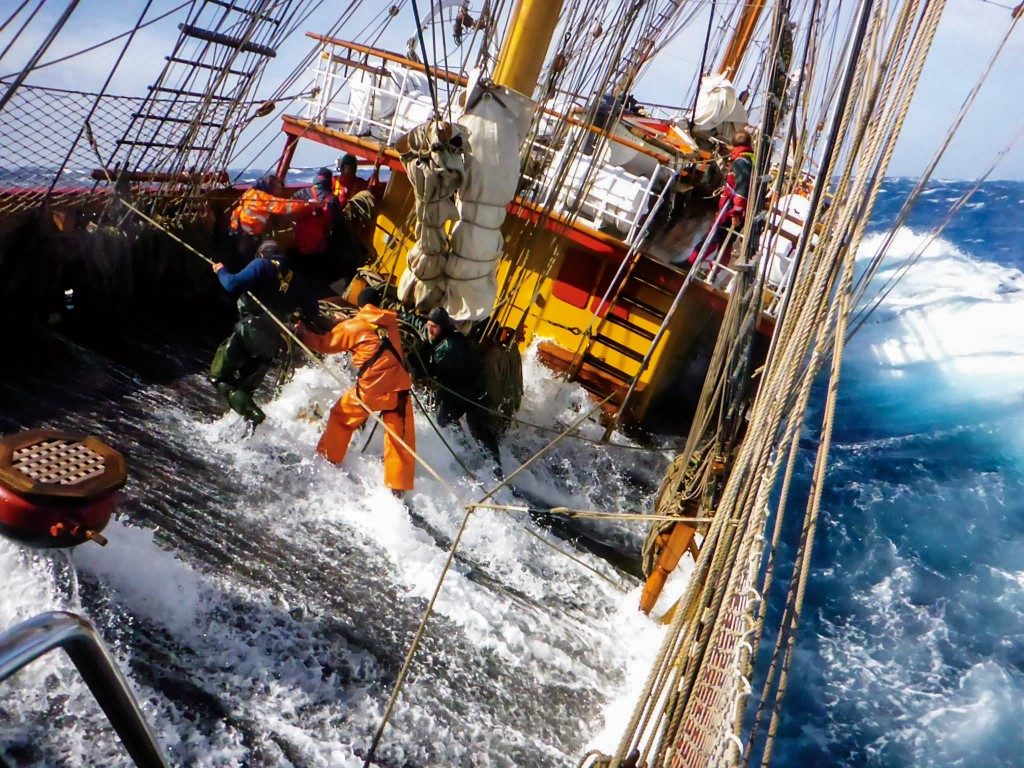
Old Cape Horners were a breed apart, as pointed out in Derek Lundy’s classic The Way of a Ship (1954): “The old Cape Horn sailor was content to cut himself off from home life. He literally was a sea man. But his modern counterpart believes in keeping one foot ashore, and the wife of his bosom is intent on getting both his feet there at the first possible moment. No matriarchy is interested in providing menfolk for the sea.”
How things have changed. Cruising crews these days generally spend time beside the yacht club fireplace in Puerto Williams, waiting for a favourable forecast to depart en masse for the Horn to snap the obligatory photo. Or anchor in the nearby canals and await their opportunity to round.
Sailors in the Volvo Ocean Race, Velux 5 and Vendee Globe ocean races still approach the Horn by sea and the Global Challenge race fleet even came at it from the east, against the prevailing wind and sea.
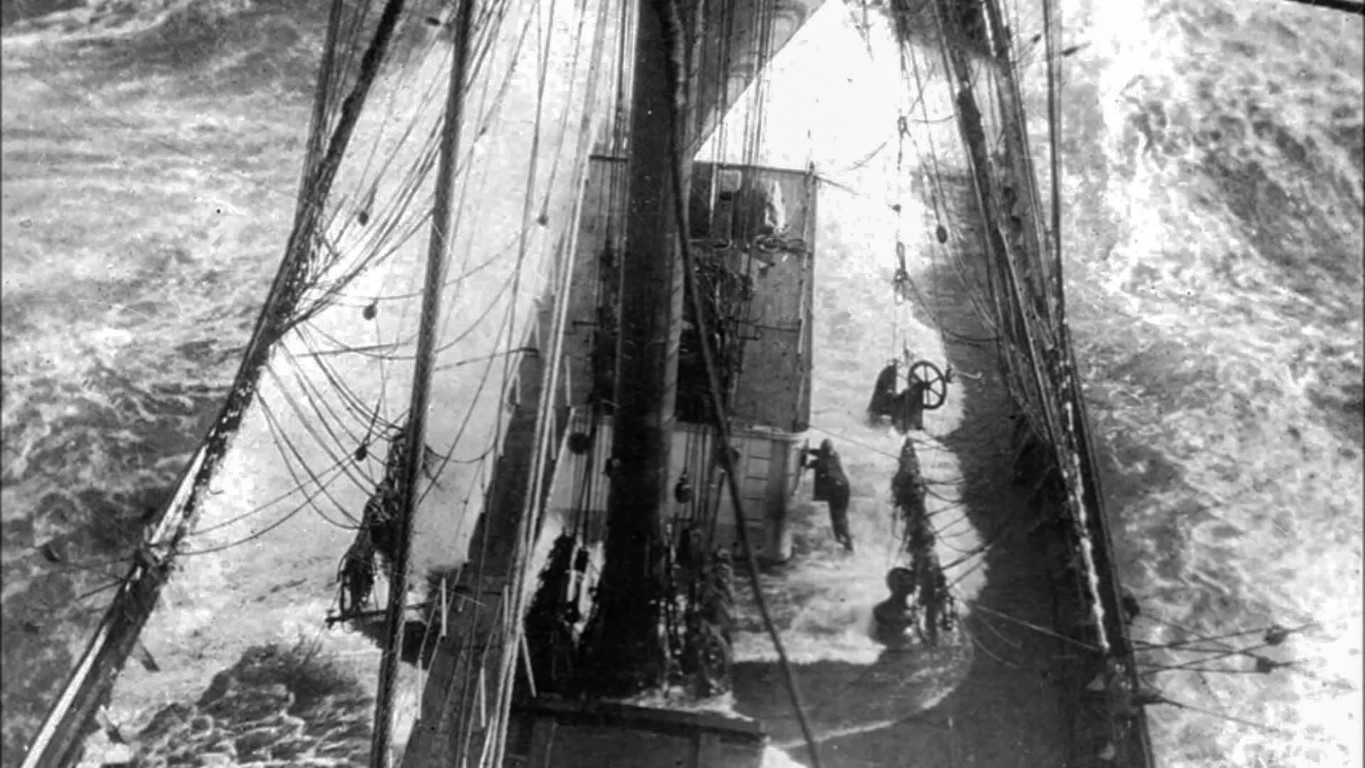
In 1956 a British cruising couple, Miles and Beryl Smeeton in their 14m teak-hulled ketch Tzu Hang were en route to the UK via Cape Horn with boatbuilder John Guzzwell as crew. They would have been the sixth yacht to round the Horn at the time but a Southern Ocean roller had other plans for them.
The huge wave, its breaking crest spilling like a waterfall, launched Tzu Hang down its face then picked her up and pitchpoled her, flipping her end over end, tearing the deckhouse off in the process. The three made temporary repairs and partly rowed and sailed the dismasted yacht to the Chilean port of Talcahuano.

Repairs took about a year at an Armada del Chile (Chilean navy) boatyard and in December 1957 the Smeetons set out without Guzzwell, who had returned to his own boat Trekka in New Zealand.
This time Tzu Hang was rolled in another Cape Horn gale, dismasted and badly damaged so the doughty duo made their way back to Chile where Tzu Hang was loaded as deck cargo on a ship bound for Britain. Their best-selling book is titled Once is Enough. Years later, the Smeetons returned in a rebuilt Tzu Hang and rounded the cape westabout – the ‘wrong’ way – into wind and sea.
Cape Horn has provided a rich harvest of sailing stories. A friend of mine once owned a steel yacht called Percette, possibly the ugliest and heaviest 9.75m yacht on the planet. The story went that she was built by a German to circumnavigate the globe. He eventually arrived at Cape Horn and, while manoeuvring close to have a look, was picked up by a wave and dumped on the rocks.
Assuming that Percette was done for, her skipper unloaded provisions for a long stay on the island. But another wave appeared and swept the little steel battleship back to sea. He swam through freezing water, clambered aboard and sailed for Cape Town – the nearest downwind harbour.
Months later he arrived at Cape Town, close to death from starvation, without the stash of stores he’d left on Isla de Hornos. My friend got great pleasure out of pointing out the dents Cape Horn had left in Percette’s hull.
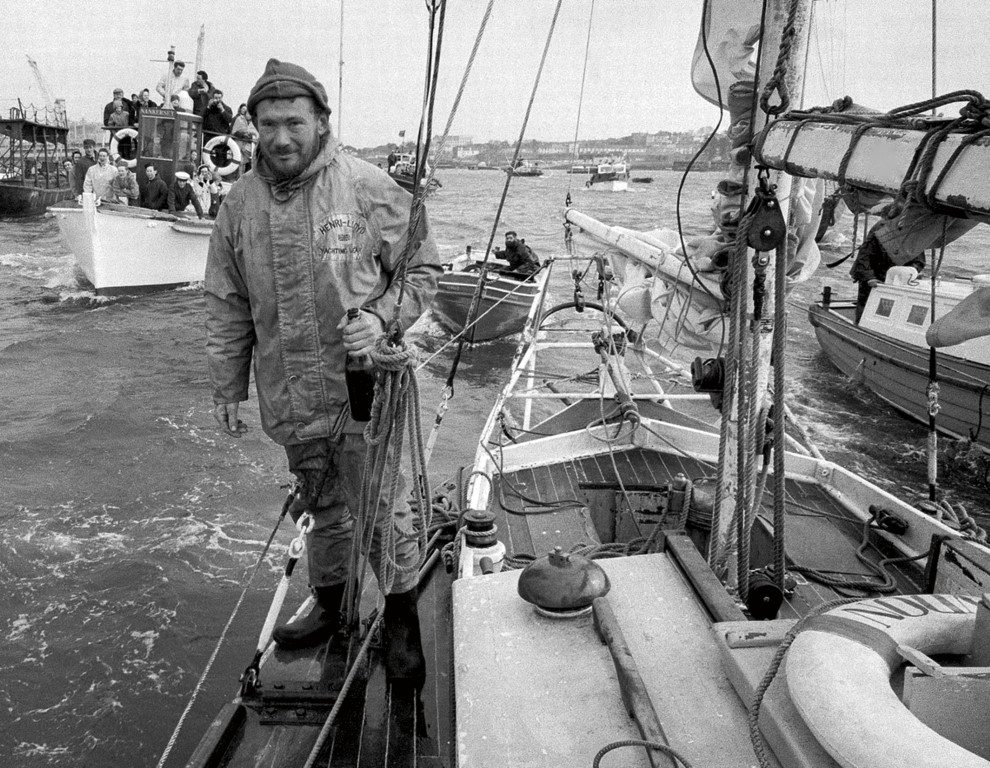
Joshua Slocum rounded the Horn while circumnavigating with Spray in 1895 and scattered carpet tacks on deck to discourage the barefoot Yaghan tribespeople from coming aboard while he slept.
Other yachts-people were slow to follow in his wake, but Colin Archer-style double-enders were the boat of choice. Indomitable Norwegian Alfon Hansen disappeared off the Horn in 1934 and Vito Dumas rounded Cape Horn (from 50o latitude south on one side to 50o on the other) in Lehg 11 during 1943. Marcel Bardiaux did it in his 9m wooden sloop Les Quatre Vents in 1952.
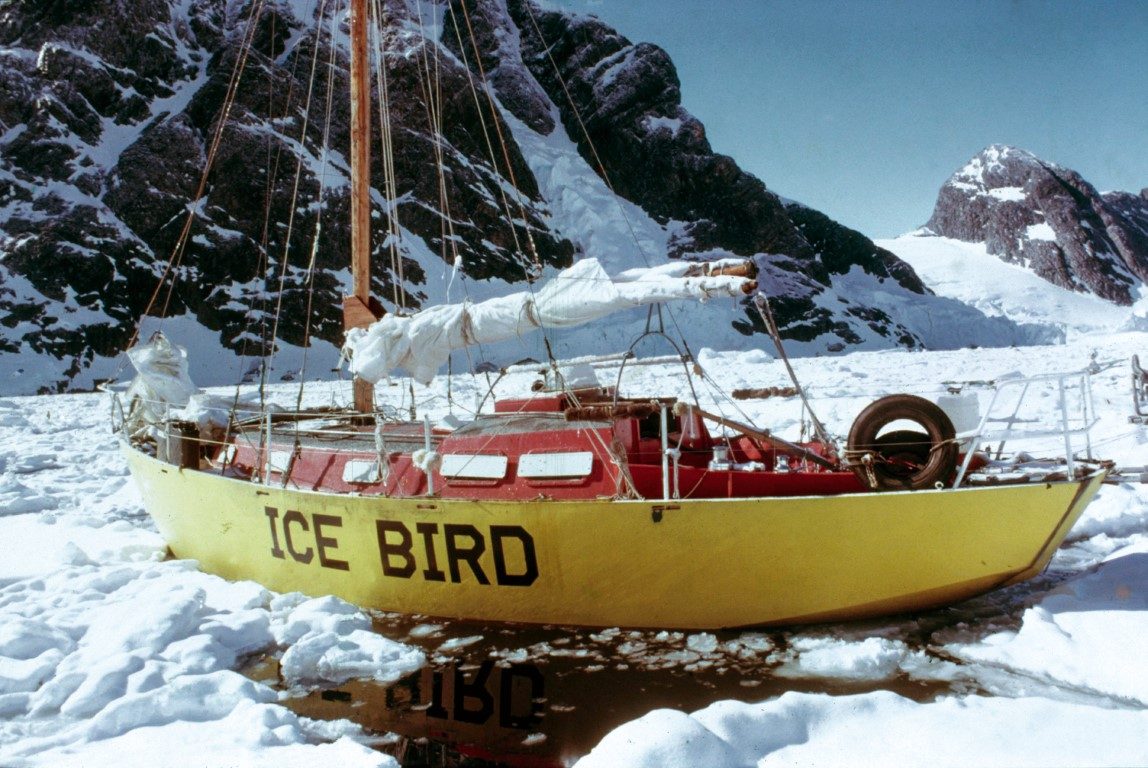
From then, Cape Horners became a roll of yachting notables: Bernard Moitessier, Francis Chichester, Alec Rose, Robin Knox-Johnston, Nigel Tetley and Chay Blyth, our own David Lewis and the first woman to round the Horn singlehandedly in 1978, New Zealander Naomi James.
There are two lighthouses on the island these days, one at the Chilean naval base and a 4m fibreglass counterpart with a 13nm range about a mile away on the Cape itself. A memorial to commemorate seamen who’d lost their lives in the vicinity was sculpted by Chilean artist, Jose Balcells, and erected in 1992 but blew over in 2014. In 2019 an expedition discovered the world’s southernmost tree on the island and named it Magellan beech. Specimens were bent double by exposure to the wind.

Cape Horn’s weather statistics are impressive. It rains an average 278 days a year, depositing 1,357mm of moisture. Average wind speed is about 16 knots and the temperature varies from 5.2o C to -2.7o. Snow falls about 70 days a year.
These days, only yachts – and a few cruise ships – make an appearance off the Horn. The clipper ships, driving though the Southern Ocean beneath clouds of sail, navigating by sextant, reduction tables and dead reckoning, are just spirits, as are the men who drove them in the waters off Cape Horn.
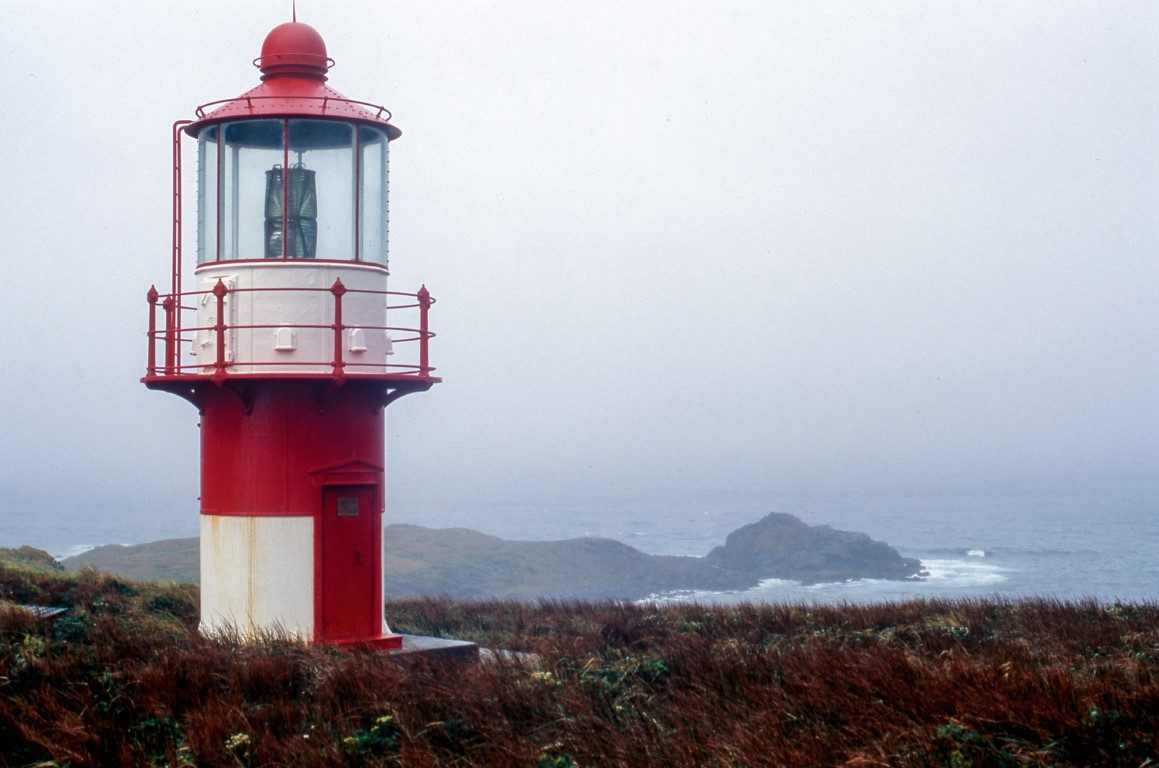
CAPE HORN
They lifted anchor, spread the sails, Quit shores where they were born, Bound for spice isles from doubtful tales By way of far Cape Horn—
Rough seamen, fortune-bound, to trade In gold and peppercorn
And woo a grass-clad island maid— But first to round Cape Horn. They crossed the far equator, seared In emerald tropics, borne On friendly breezes till they neared The South Seas’ gate: Cape Horn. To brave it was to challenge fate, Taste death, perhaps, and mourn; To pass it was to celebrate Surviving feared Cape Horn. It rose above the frigid waves, Stark, jagged, and forlorn, The crag, foremost of sailors’ graves, The end of lands—Cape Horn.
There, frigid crests soared, roiled, and crashed In frothing chaos, torn
By howling, sleety gales that blast Unceasing round Cape Horn. They buffeted the ship about Until its masts were shorn, Its hull split and its crew spilled out, More blood to slake Cape Horn. Unmoved, the crag’s bleak face stared down Upon the doomed with scorn. Freezing, they gasped, about to drown, And glimpsed their last: Cape Horn. The crag could only spurn their wails. So far and lonely, worn
So long by hostile seas and gales, And bleakly dubbed “Cape Horn,” Fixed in eternal storm and cold, Night with no hope for morn, It envies those whose fates unfold Before it, cursed Cape Horn.
Adam Sedia




